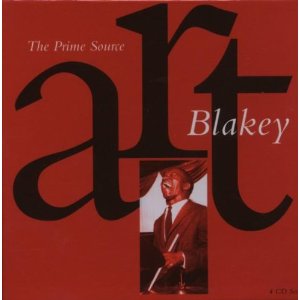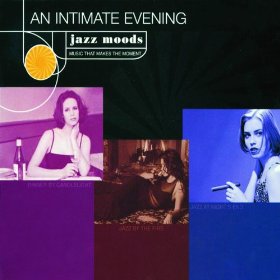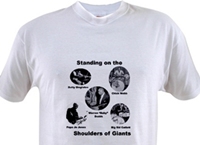I just stumbled across a nice compilation from some of Blakey's best live concerts: Art Blakey: Prime Source

This value-priced compilation contains some of the cream from great performances. The first set of performances is my favorite because it's the 1954 dates with Clifford Brown at Birdland: A Night at Birdland Volume 1 and the companion, Volume 2.
Another classic set of live performances that I think anyone who is a Blakey of Jazz Messenger fan should have is captured on these two albums: At the Cafe Bohemia and the companion, Volume 2. The compilation has some of the better tracks from those performances.
Finally, there are tracks from The Jazz Messengers, which I consider to be prime material too.
Another compilation I think deserves consideration (and I have previously mentioned) is Art Blakey: 8 Classic Albums

See this post for details regarding which albums are included.



